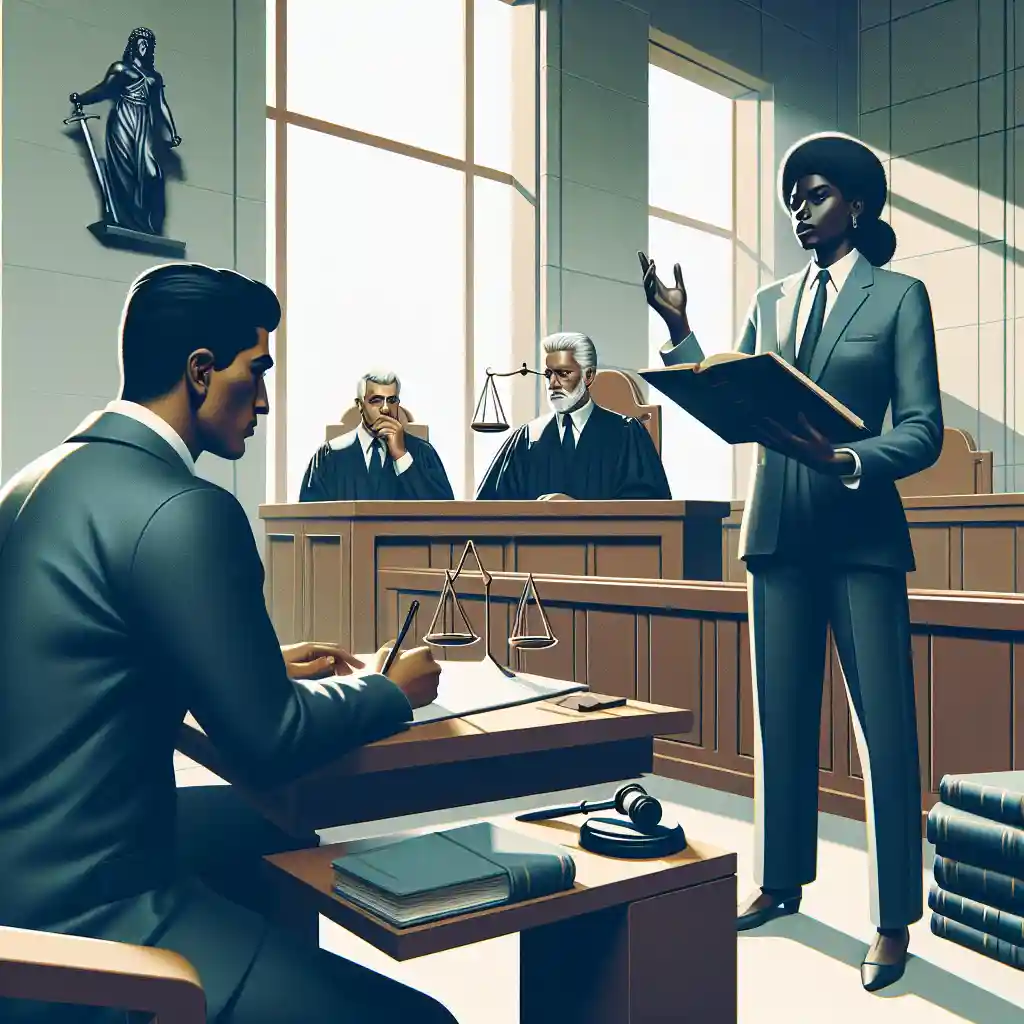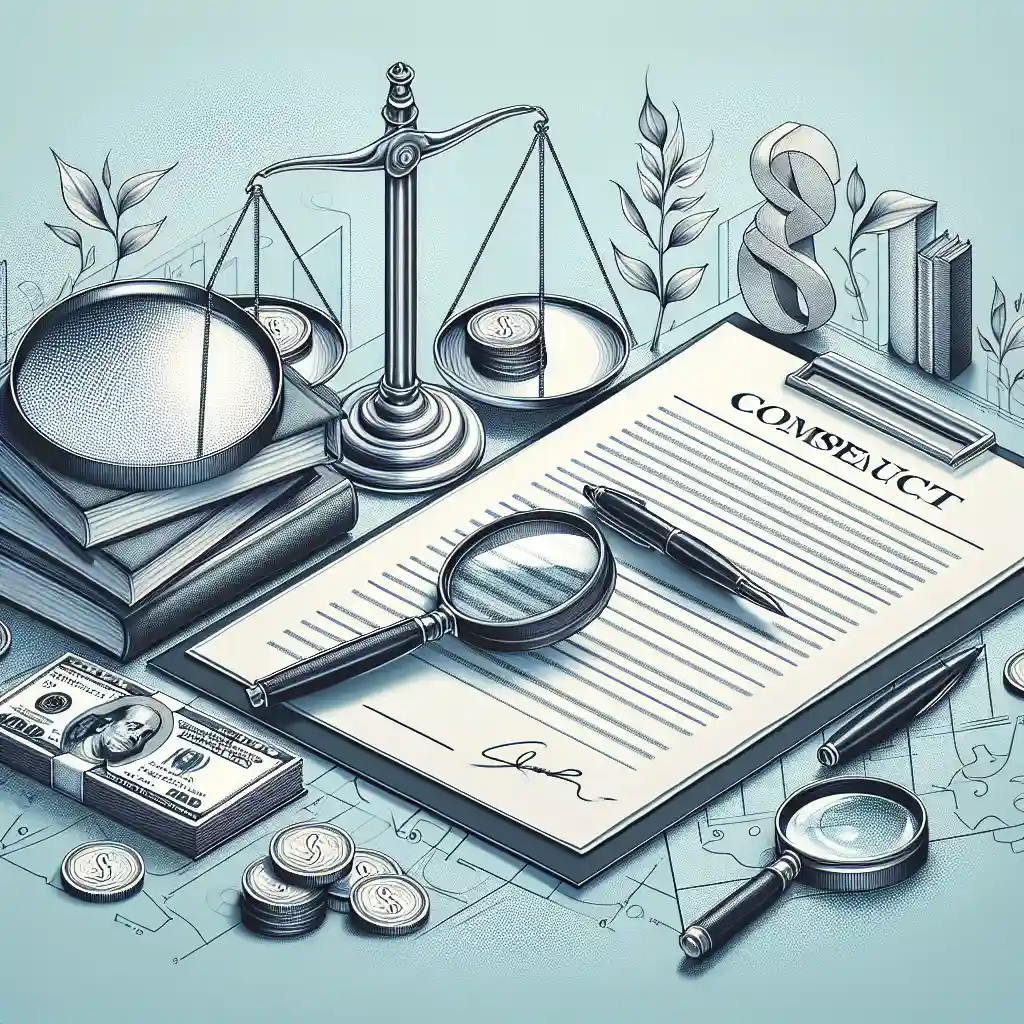Proving Your Case: Documentation Tips for Seeking Compensation
In the quest to seek compensation for various reasons such as personal injury, financial losses, or property damage, proper documentation plays a crucial role in proving your case. Effective documentation tips can significantly increase your chances of success. In this blog post, we will explore some essential strategies to help you organize and present your evidence convincingly.

Understanding the Importance of Documentation
Documentation serves as the backbone of any compensation claim. It helps establish a clear timeline of events, provides concrete evidence to support your case, and enhances your credibility in the eyes of the adjudicator. Without proper documentation, your claim may lack substance and be dismissed due to insufficient evidence.
Documenting Your Claims
When documenting your claims, it’s essential to gather all relevant information, including medical records, police reports, witness statements, and any correspondence related to the incident. Make sure to keep everything organized and easily accessible to avoid any confusion or delays in presenting your evidence. Creating a detailed paper trail can strengthen your case and demonstrate the validity of your claims.
Compiling Compensation Evidence
In cases where financial compensation is sought, it's crucial to compile all relevant evidence to support your monetary losses. This may include invoices, receipts, pay stubs, and any other documentation that can quantify the extent of your damages. Organizing this information in a clear and systematic manner can help build a compelling argument for the compensation you are seeking.
Organizing Your Evidence
To effectively prove your case, organizing your evidence in a logical manner is key. Start by categorizing your documentation based on relevance and chronology. Create a comprehensive index or timeline that outlines the sequence of events and supports your narrative. Highlight key points or discrepancies that can strengthen your argument and address any potential counterarguments proactively.
Presenting a Persuasive Case
When presenting your case, focus on clarity, consistency, and conciseness. Use visual aids such as charts, graphs, or photographs to enhance your evidence and make it more digestible for the adjudicator. Clearly label each piece of documentation and provide relevant context to ensure a thorough understanding of your case. Remember, the goal is to make it easy for the decision-maker to see the validity of your claims.
Conclusion
In conclusion, documentation tips are essential for proving your case and seeking compensation successfully. By following these strategies and investing time in organizing and presenting your evidence effectively, you can significantly improve the outcome of your claim. Remember, the devil is in the details, so pay attention to the quality and thoroughness of your documentation to strengthen your position and enhance your chances of a favorable resolution.







